Editor’s note: This article has been updated to more accurately reflect the events that took place.
The Big Red Rocketry Association, a student-led organization that began in fall 2022, provides students with opportunities to design, build and launch high-power rockets.
Bowling Green sophomore Omar Mansour serves as the president of Big Red Rocketry Association. As president, he works with other elected officers to coordinate with sub-teams, lead designs, and ensure all operations of the organization proceed smoothly.
Mansour started the club to offer students who were interested in aerospace, which revolves around the making of aircraft, a chance to test it out.
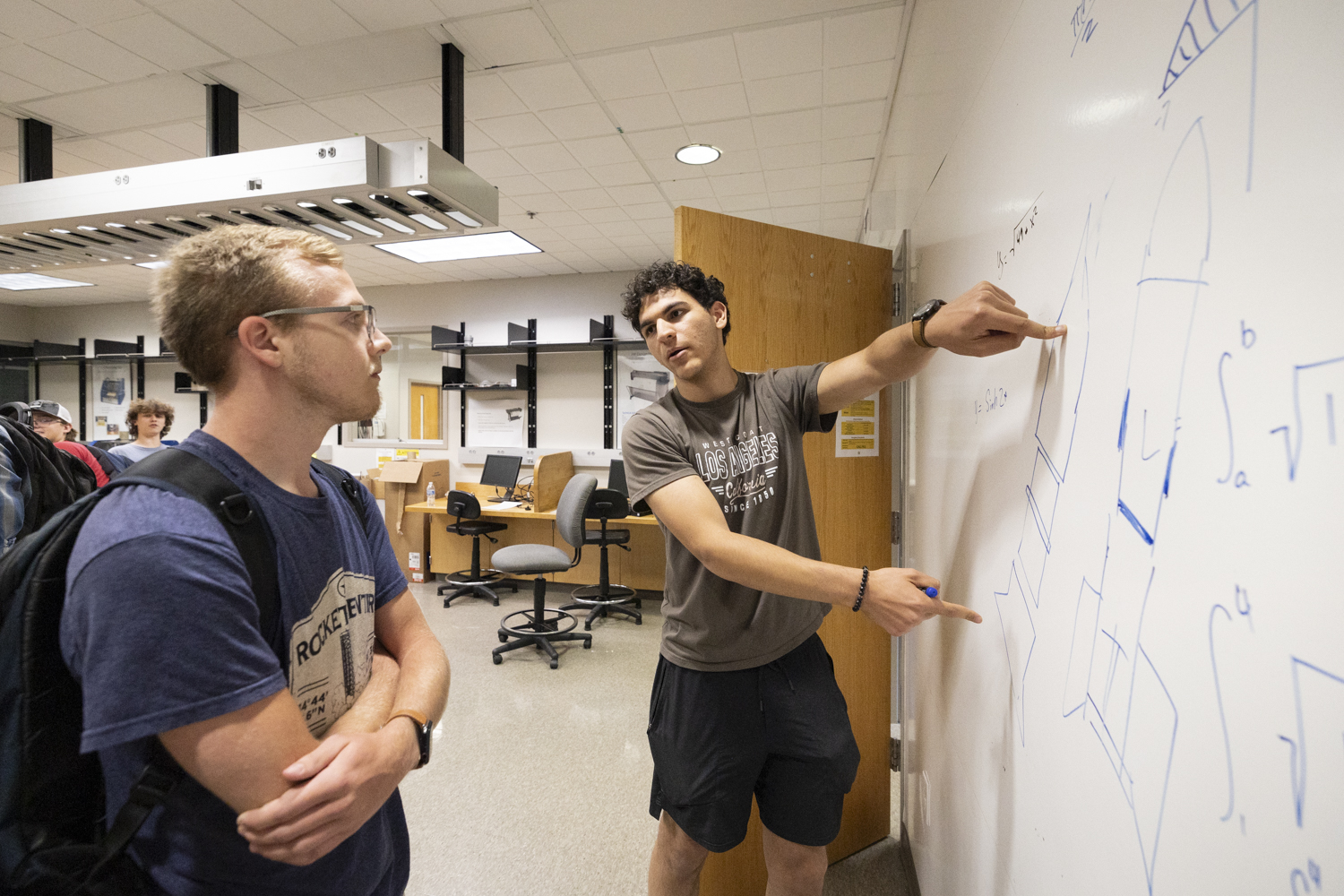
“We are one of the only organizations on campus that offers this sort of experience for this discipline,” Mansour said. “We quickly realized that there were a lot of students who shared our enthusiasm for aerospace but had nowhere to pursue it.”
The club allows members a pathway to gain high-power rocketry certificates through the National Association of Rocketry, Mansour said. By gaining this certificate, members can fly more complex and high-impulse motors, which produce more thrusts more efficiently.
Mansour said that his favorite part about building and participating in this organization is working alongside a group of fantastic students.
“I have always had a passion for rocketry and aerospace engineering, and it’s been such an amazing experience getting to share that alongside peers who are like-minded and motivated to do this kind of work,” Mansour said.
Vice President Abram Tingle, a sophomore from Somerset, says that the organization helps set members up for success.
“WKU doesn’t offer aerospace, and this is one of the only official clubs that is related to it,” Tingle said. “You definitely learn new information that can help you in your future career field.”
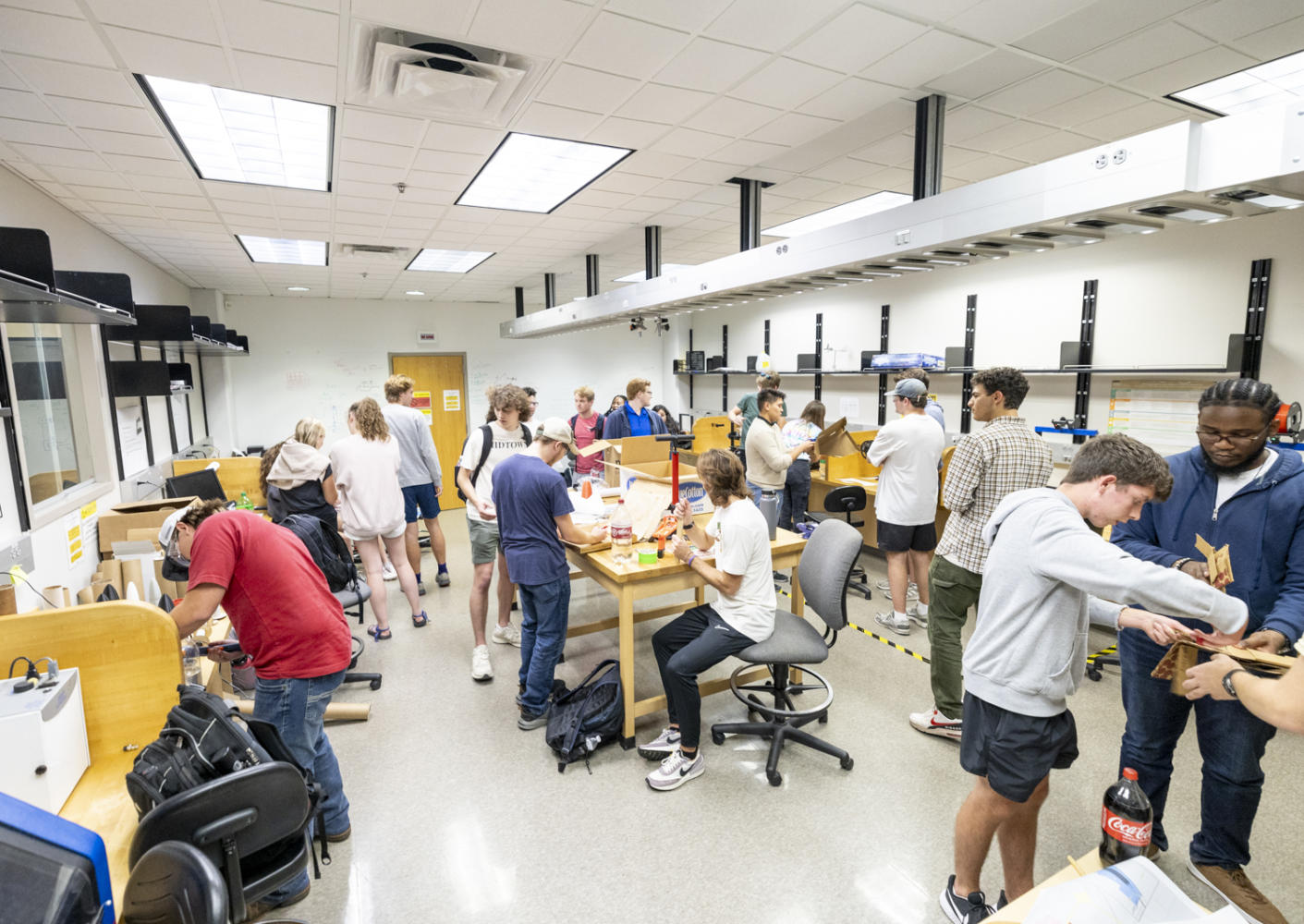
By working together, every member has a chance to excel in the areas they wish to excel in, Tingle said. Part of his job as vice president is making sure everyone is ready for the activities at each meeting.
Tingle said he normally takes care of the more menial tasks such as getting PowerPoint slides ready for their meetings and assisting Mansour in scheduling.
The Big Red Rocketry Association meets every other Tuesday for meetings in which more information is revealed and taught. Outside of meetings, they also attend workshops where members can come in and work hands-on with the rockets, Tingle said.
“It’s a very relaxed environment that is not only educational but enjoyable,” Tingle said.
Tingle said he enjoys getting to meet and talk to new people not only in his major, but also outside of it.
Beaver Dam sophomore Russell McKenney is the membership coordinator and said that making connections is an integral part of his experience in the club.
“Being a civil engineering major, my classes mainly consist of students that have the same major as me,” McKenney said. “However, in (the club), it is more than just civil engineering students; I get to make connections with a lot of people that I normally wouldn’t be able to connect with.”
McKenney’s role consists of putting people into groups to work on certain components of the rocket. Eventually, they all come together and put a flyable rocket together.
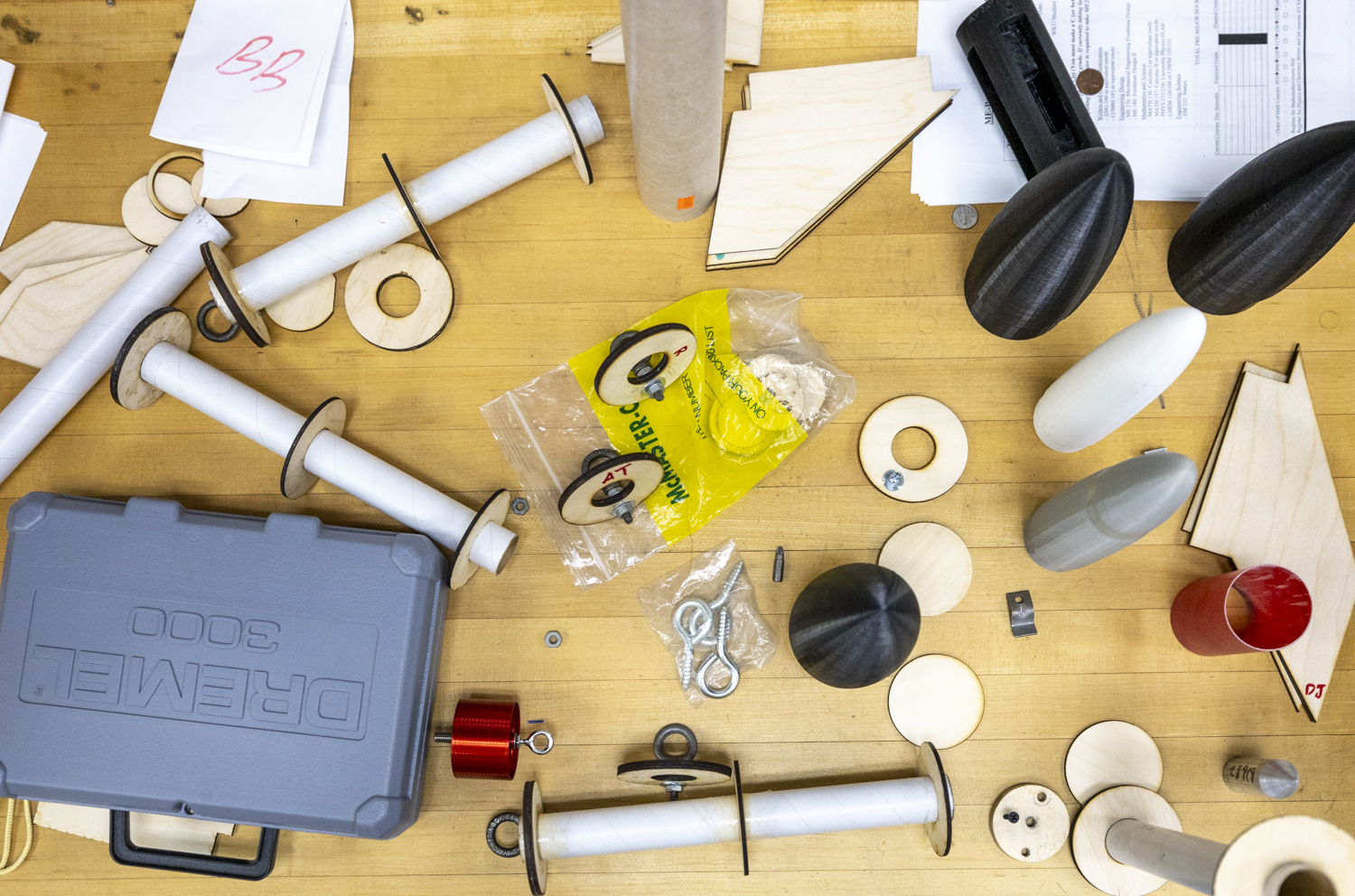
McKenney said he sorts people into groups by their majors. Each member gets experience that relates to their major while working on a rocket. Civil engineers work on the structural parts of the rocket, mechanical engineers work on the aerospace to help the rocket fly, and electrical engineers deal with the electrical components which power the rockets.
“We just like to give everyone a chance to participate in making the rocket while also sorting members to work on tasks that better fit their interests,” McKenney said.
McKenney said he had interest in rocketry throughout high school, but nothing was offered. Mansour approached him about joining the organization, and it brought back the interest that he previously had in rockets.
Big Red Rocketry has an organizational goal to be able to compete in upcoming competitions, McKenney said. Currently, they are looking at enrollment.
“Our main goal is to get into the competition field,” McKenney said. “After that, we want to continue practicing our skills and place high in competitions.”
Faculty advisor and mechanical engineering professor Joel Lenoir provides storage lockers for members, oversees and advises members when needed.
Lenoir said that challenges arise within the organization. Members need to get certified to fly rockets and must work with WKU’s Environmental Health and Safety department to deal with the storage of rocket motors.
It’s hard to get storage for motors, so they’re not stored on campus, Mansour said. Instead, he said members assemble motors at the launch site.
Members have been building motors by hand as the association works on improving policies that will benefit the team, Lenoir said.
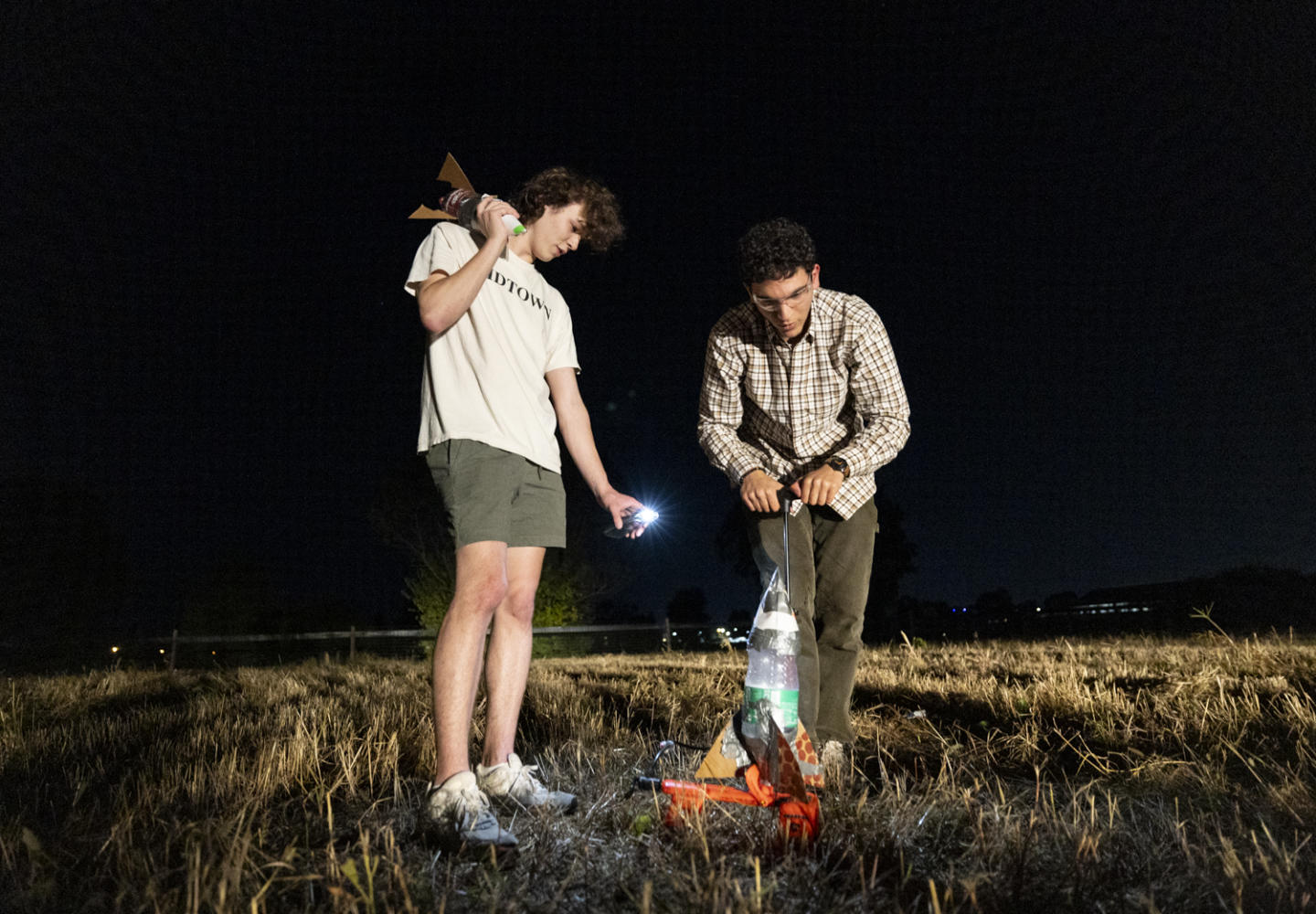
In order to build rockets, Mansour said the first step is to come up with a design using computer-aided design software. Once they are confident in the design and simulations, they build their rockets.
Mansour said that to build rockets, they work with machinery such as laser cutting, composite layering and oftentimes 3D printing. After this, they re-stimulate their rockets and begin testing them.
Once this process is done, Mansour said the rockets are reviewed and tested by their safety officer and they begin preparing for launch and finding a window to fly their rockets.
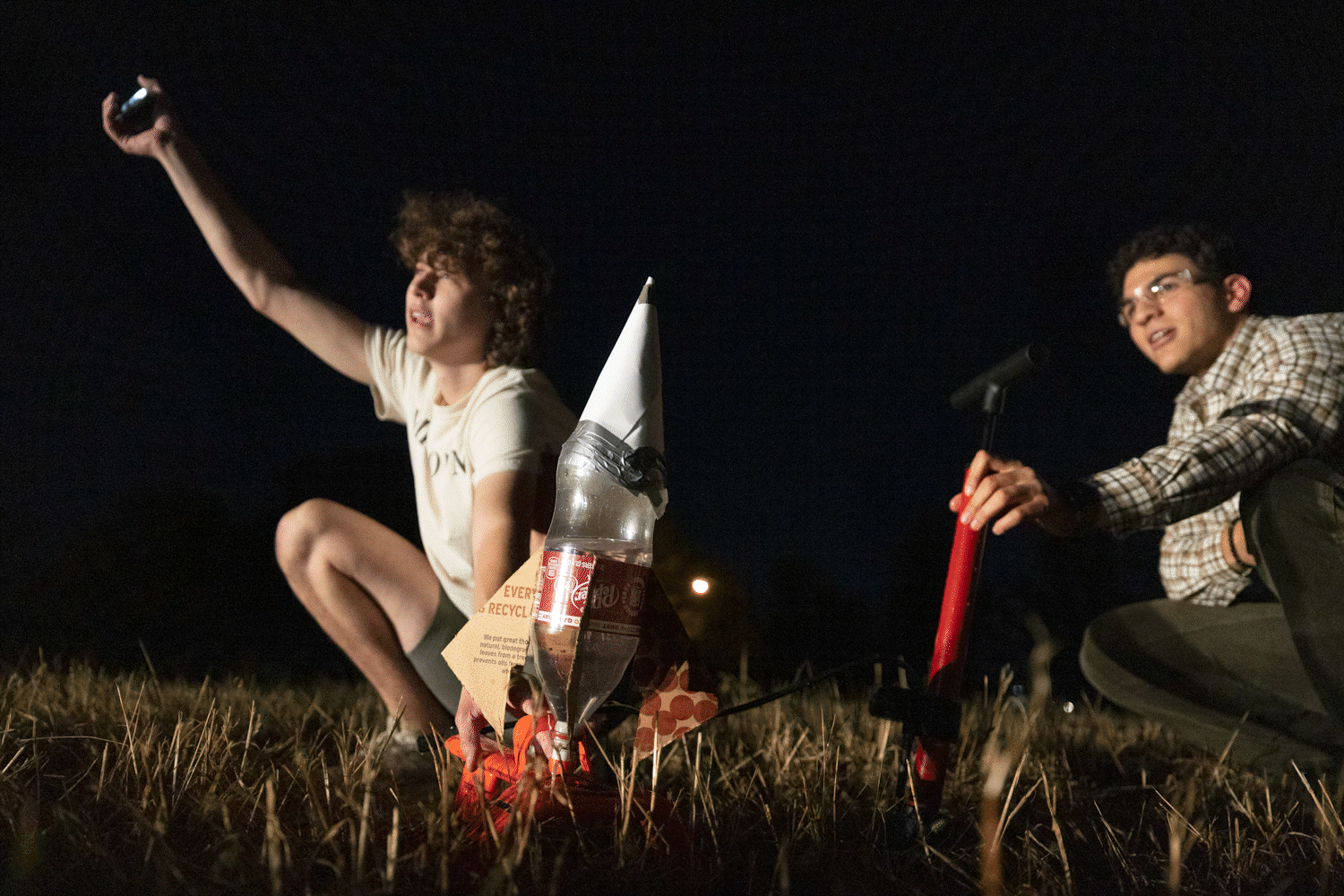
Currently, the Big Red Rocketry Association has around 17 active members and is always looking to add new faces, Mansour said. New members can join by visiting their Instagram and attending an event.
A goal for some members of this organization is to potentially build a reusable rocket.
“I think for us, it will be around a two-year timeline and development cycle until we are able to work ourselves up to create a reusable rocket,” Lenoir said. “But in the end, achieving this goal will be worth all the time and effort that goes into that project.”


